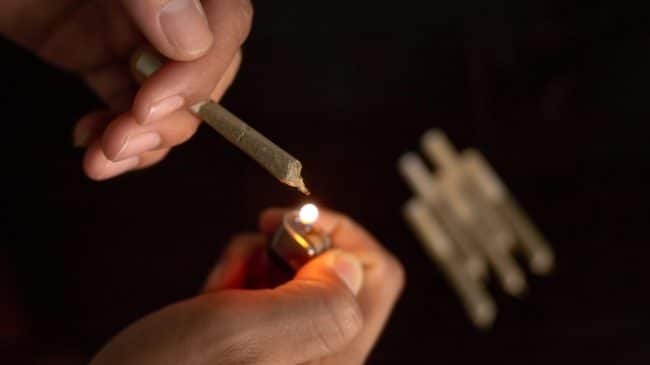Marijuana legalization has many concerned about a potential increase in people driving while they are high. While marijuana poses some unique issues that need to be dealt with carefully, the state can take steps that get dangerous drivers off the road without violating the rights of other drivers, including marijuana users.
Worries about legalized marijuana led state lawmakers to create the Michigan Impaired Driving Safety Commission, which is due to submit a report and recommendations to the Legislature and governor in March.
Now that marijuana is legal in Michigan, it should not be illegal simply to have marijuana in your system while you are driving. It should be illegal to drive while you are impaired, just like it is with alcohol and prescription narcotics. People can responsibly drink alcohol without driving while drunk. Similarly, they can recreationally use marijuana without ever driving while they’re impaired.
Some states that have legalized marijuana are using per se laws, as they have for alcohol. With per se laws, you basically have the standard .08 blood alcohol content limit and the law treats anyone with blood alcohol content above that level as a drunk driver. But applying this approach to marijuana is problematic.
Marijuana metabolizes in the body differently from alcohol. It is stored in, and releases from, the body’s fatty tissues over long periods of time. This is why marijuana can be detectable up to a month after its last use—long after the user is sober. Moreover, impairment does not track with blood levels.
Impairment from marijuana can actually peak after blood plasma levels have dropped substantially. This means drivers with marijuana could have blood levels below a legal limit even though they are at peak impairment. Even more confounding, those who eat marijuana rather than smoke it exhibit much lower blood levels, even if they are just as impaired at a given time.
As a result, many states are not using per se levels for marijuana-impaired drivers. Michigan has long used drug recognition officers (DRE) to identify the level and cause of potential drug impairment in drivers. By observing behavior during a field sobriety test and checking biological markers such as pupillary reactions, eye movements, pulse rate and many others that are unique to specific drugs —signs that are present when the drug is psychoactive (impairing) rather than just present in the bloodstream—these trained officers can accurately evaluate a drivers’ impairment.
The accuracy of these evaluations, corroborated by toxicology screens, have resulted in a court-qualified process that removes truly impaired drivers from the public roads, without violating the rights of those marijuana users who are sober at the time of driving.
Until technology can provide a reliable biological test that reflects impairment, professional field sobriety evaluation is the most-just solution currently available.
Lawmakers must focus on true dangers to the public and ensure that laws do not penalize safe, sober drivers who merely have detectable levels of marijuana remaining in their systems.
This column first appeared in the Detroit News.

